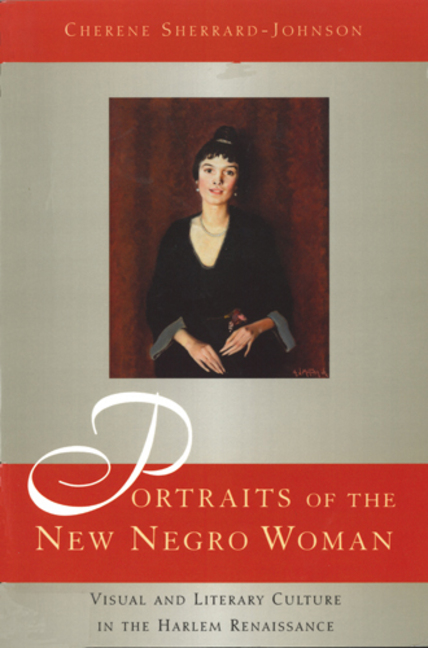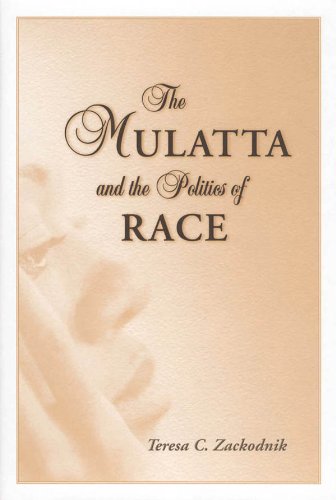Mar Gallego. Passing Novels in the Harlem Renaissance: Identity, Politics and Textual Strategies [Review]Posted in Articles, Book/Video Reviews, Media Archive, Passing, United States on 2011-05-03 02:21Z by Steven |
African American Review
Volume 38 (Winter 2004)
pages 720-723
Mar Gallego. Passing Novels in the Harlem Renaissance: Identity, Politics and Textual Strategies. Hamburg: Lit Verlag Munster, 2003. 214 pp.
Zhou Yupei
Until very recently, novels of passing that appeared during the Harlem Renaissance had been viewed as either assimilationist or collaborative with racist ideology. Mar Gallego’s Passing Novels in the Harlem Renaissance offers an opposing view by providing a detailed account of the subversive and parodying strategies employed in novels by four representative and controversial African American writers: James Weldon Johnson, George Schuyler, Nella Larsen, and Jessie Fauset. Gallego considers these authors’ parodying strategies as responses not only to social realities but to the idea of double consciousness and other literary traditions.
Gallego’s book opens with a rereading of Du Bois’s theory of “double consciousness” that reveals both the positive and the negative perspectives contained in the theory and connects it with the motif of passing. The positive refers to the notion of the “third self,” which results from the union of an African American ethnic identity and an American national identity, a notion that implies the possibility of a society in which African culture and American culture co-exist. The negative refers to the metaphor of the “veil,” which means the distorted and stereotypical image imposed upon African Americans, a metaphor that may produce negative duplicity in African American life. Gallego’s account of these contradictory perspectives achieves a dual purpose. First, it explains Du Bois’s inner conflict between his realistic conception of American society and his idealistic notion of double consciousness. Second, it alludes to the multiple and indeterminate character of double consciousness and links this notion to the Yoruba tradition of Esu-Elegbara, in which Henry Louis Gates, Jr. locates the “Signifying Monkey,” and finally the idea of double-voicedness central to Bakhtin’s theories of “heteroglossia” and “dialogization.” Such connections expose the parodying nature of double consciousness in spite of the inner conflict contained in it. Gallego’s reading of the notion of double consciousness constitutes a reasonable starting point and a convincing rationale for Gallego’s argument that the novels of passing under study respond in a complex way to double consciousness and strategically hide their negative attitudes toward racism under the cover of various means of seemingly cooperative representations. Gallego also lays out a theoretical framework of exploration in his subsequent chapters, each of which locates a writer’s parodying strategies in the historical context of the representation of African Americans and in the literary context of the genres of Western literature employed and subverted by the writer.
To incorporate issues of race and gender, Gallego also identifies in the first chapter double consciousness with the feminist notion of “divided identity,” designating, as Mary Hairston McManus does, the latter as “double double consciousness.” Reviewing earlier African American feminist criticism, Gallego concludes that this discourse involves “the subversion, inversion or variation of other discourses that marginalize African American women.” This summary anticipates his statement that the characterization of Larsen’s and Fauset’s mulatta figures of passing also involves the subversion, inversion, or variation of other racist or sexist discourses in literary tradition.
Each subsequent chapter is devoted to one of the four authors. In chapter two, Gallego argues that James Weldon Johnson’s The Autobiography of an Ex-Colored Man (1912) innovates the tradition of slave narratives by endowing it with subversive and ironic overtones, and revises Du Bois’s notion of double consciousness by calling into question the negative perspective of the theory. For Gallego, Johnson’s novel represents a new stage of the narrative tradition that traces its origin to Equiano’s “integrated narrative,” which integrates different voices, and Douglass’s “generic narrative,” which makes the narrator eventually dominate the different voices integrated by the narrative. Johnson uses such techniques as duality of voices, control over the narration, fictionalization of the narrative “I,” and rhetoric as a mask for subversion, techniques often found in either Equiano or Douglass. With these techniques Johnson effectively but trickily conveys his ironic and multivocal vision and makes his narrator successfully write himself into the text. The connection discovered by Gallego between Johnson’s text and Du Bois’s The Souls of Black Folk leads to the conclusion that Johnson’s novel negates both the positive image of the “Talented Tenth” and the idealistic possibility of a “third self.” Gallego states that Johnson’s representation of the phenomenon of passing questions cultural and racial categories and promotes heterogeneity. With abundant historical and textual evidence, Gallego defines Johnson as an important African American writer who initiates a model for the depiction of the mulatto condition and anticipates other novels of passing in the following decade…
Read the entire article here.




